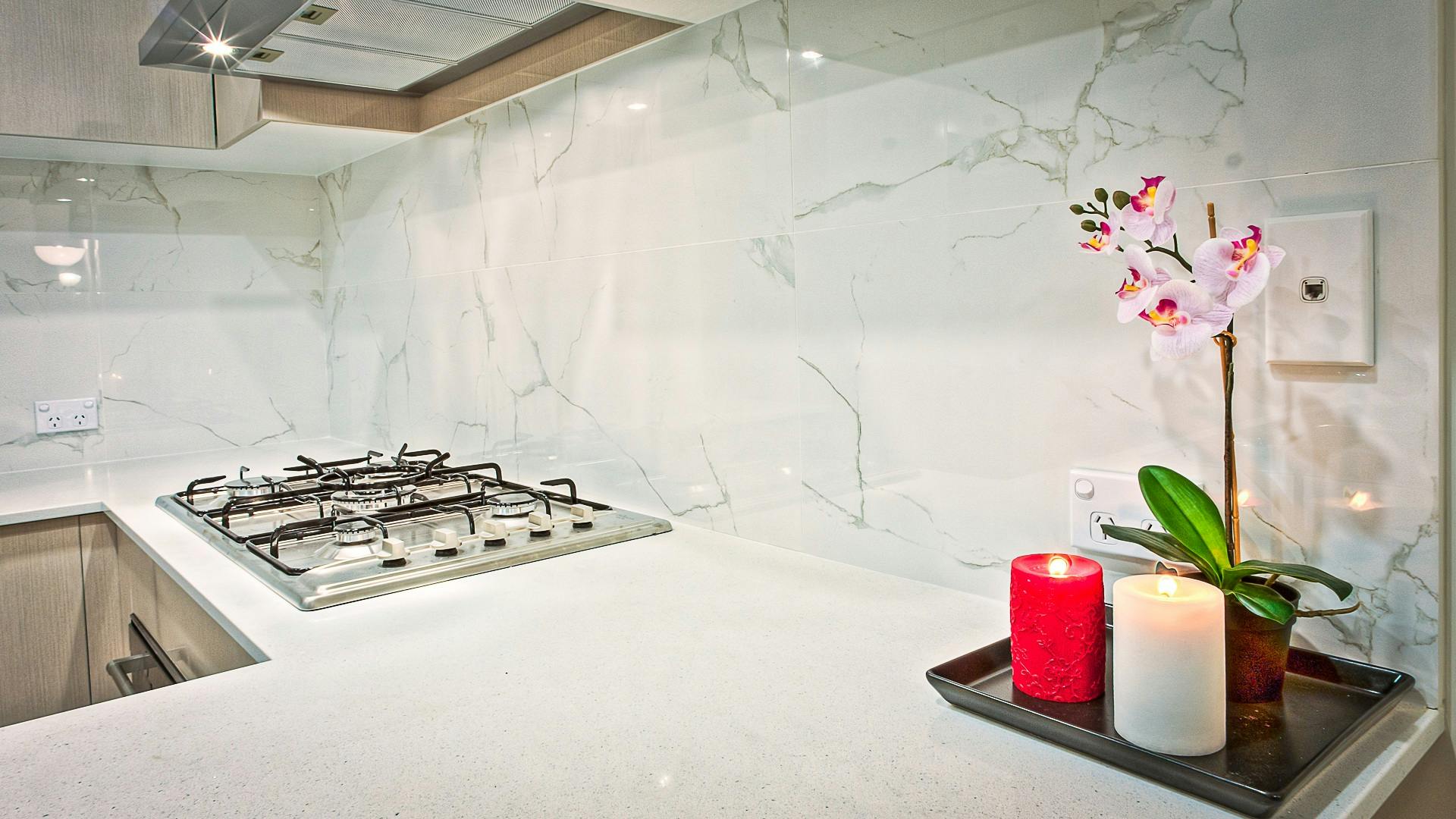Creating a one-of-a-kind flooring design is easier than ever with ceramic tiles, offering a versatile and timeless option for any space. By mixing and matching different ceramic tile styles, you can achieve a dynamic, eye-catching look that suits your personality and complements your home’s decor. Whether for wall tiles, floor tiles, or bath tiles, mastering the art of combining ceramic tiles brings depth and character to interiors.
Why Mix and Match Ceramic Tiles?
Mixing and matching ceramic tiles allows you to create unique flooring designs that stand out from conventional patterns. This approach can add texture, create focal points, and give your space a sense of artistry. From contrasting colors to alternating textures, mixed ceramic tiles can enhance visual interest and reflect the latest interior design trends.
Step 1: Understand Your Design Goals
Start by identifying your design goals. Are you aiming for a bold, contemporary look, or do you prefer a more subdued, rustic style? Consider the following when mixing and matching ceramic tiles:
- Room Type: Living rooms, kitchens, bathrooms, and hallways all benefit from unique tile designs but require different approaches based on their function and use.
- Size and Scale: Consider the tile sizes that will work best in each room. Larger tiles often suit modern spaces, while smaller tiles can be ideal for traditional or intricate designs.
- Color Palette: A consistent color palette with contrasting tones can add sophistication. For instance, combining light and dark shades in a monochromatic theme creates depth without overwhelming the space.
Step 2: Choosing the Right Tile Types and Sizes
Ceramic tiles come in various types and sizes that work well when paired. Here are some popular options to consider:
- Floor Tiles: These tiles are designed for durability, often larger, and can be textured for slip resistance.
- Wall Tiles: Typically lighter and smoother, wall tiles can also add elegance to flooring designs when used sparingly.
- Bath Tiles: Bath tiles are specifically made for high-moisture areas, making them ideal for bathrooms, spas, and kitchens.
To create balance, mix larger floor tiles with smaller wall or bath tiles for an interesting scale difference. Alternatively, use uniform sizes in contrasting colors or patterns for a cohesive yet diverse look.
Step 3: Combine Patterns with Plain Tiles
One of the simplest ways to mix and match ceramic tiles is by combining patterned tiles with plain ones. Patterned tiles bring a touch of art and personality, while plain tiles balance the design. Here are some ideas:
- Bold Patterns in Small Spaces: Use patterned bath tiles on the floor of a small bathroom, balanced with plain wall tiles.
- Accent Patterns in Hallways: A row of patterned floor tiles can create a ‘runner’ effect in long hallways, adding character without overwhelming.
- Mix Subtle and Bold Patterns: Try a classic herringbone or chevron floor tile design with a bold, geometric wall tile in neutral shades.
Step 4: Explore Different Finishes and Textures
Tile finish and texture play an essential role in the final look and feel of a room. Mix glossy tiles with matte finishes to create a balanced contrast.
- Glossy Tiles: Ideal for bathrooms, glossy tiles reflect light and add an elegant feel. They can be used on wall tiles to create a more spacious look.
- Matte Tiles: Matte floor tiles bring a softer, more natural look. Try using matte floor tiles with glossy bath tiles for a modern bathroom.
For a unique feel, you can also explore textured ceramic tiles, such as wood-look or stone-look tiles, which add depth and warmth.
Step 5: Experiment with Color Combinations
Color combinations can create the perfect blend of elegance and creativity.
- Neutral Tones with Bright Accents: If you want a subtle look, use neutral floor tiles and add bright-colored wall or bath tiles as accents.
- Monochromatic Schemes with Texture Variation: A monochromatic scheme using different textures in the same color family can add elegance and uniformity.
- Contrasting Colors for Bold Statements: Create a modern look by pairing contrasting colors like black and white, or navy and beige, to create impactful flooring designs.
Step 6: Play with Grout Colors
Grout color can dramatically affect the overall appearance of mixed tile designs. For a cohesive look, match grout colors to the tiles. For contrast, use a grout color that stands out from the tile color.
- Matching Grout for Seamless Design: This is ideal for creating continuity, especially in monochromatic or subtle designs.
- Contrasting Grout for a Bold Look: If you want the tile pattern to pop, use a darker grout with lighter tiles or vice versa.
Step 7: Map Out Your Layout with Mock-Up Designs
Before finalizing, map out your design by creating a mock-up on the floor. This helps you visualize how different tiles work together.
- Grid Layout: A grid layout with mixed tile types in alternating rows can create a clean yet varied look.
- Diagonal Placement: Diagonal layouts add movement to the space, which can be particularly striking in larger rooms.
- Random Placement for a Mosaic Look: Use a mix of tiles placed randomly for an organic mosaic effect, especially effective for artistic flooring.
Final Thoughts: Tips for a Cohesive Look
When mixing and matching ceramic tiles, remember to balance colors, patterns, and textures to avoid overwhelming the space. Limit your palette to two or three colors, and use plain tiles to balance out any bold choices. With these techniques, you can create stunning ceramic tile designs that bring your personal style to life.

